Are you seeing strange white slime on your lawn? It could be suffering from Fusarium Patch Disease.
Fusarium Patch is a common lawn disease that tends to appear in mild damp weather.
Initially, look for areas of discoloured grass with a slimy white coating and act quickly to control it. Frost will kill fusarium but your lawn may be temporarily scarred. Keep reading for more detailed information…
What is Fusarium Patch Disease?
Fusarium, often called “snow mould” is a fungal disease that can affect lawns. It’s most frequently seen between September and March but keep an eye out for it all year round.
Fungus Fighter Plus
But it can be treated – Fungus Fighter Plus. Its pre-diluted making it easy to apply. The hand held sprayer makes spot treating easy. Two effective active ingredients give contact and systemic action. Systemic means that the fungicide is absorbed directly into the plant helping to eradicate and prevent the development of the disease. For best results use at the first sign of infestation. The best time to apply is early morning or late evening. Try to avoid spraying in sunlight and when plants are dry at the roots.
What does Fusarium Patch look like?
So, the first thing you’ll see is probably a patch (or patches) of orange coloured grass. The patches are usually irregularly shaped. Initially, they start off quite small but spread quite quickly. In addition, if you look closely at the discoloured areas you will notice little white fibres attached to the grass. So, these are the fruiting bodies of the fungus known as Microdochium nivale.
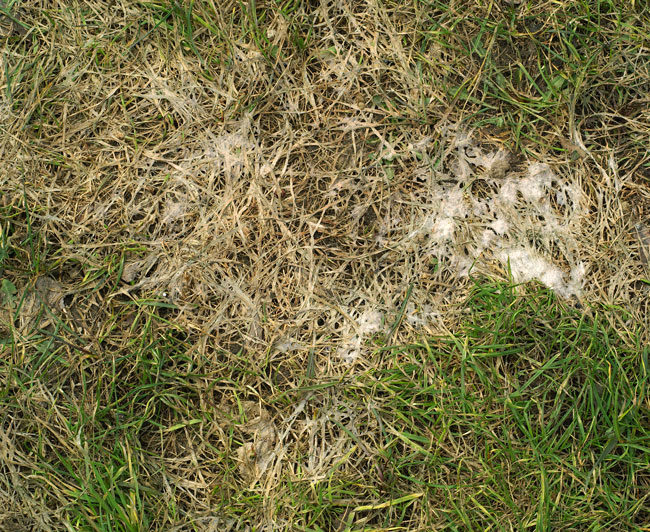
Where did it come from?
First, Fusarium spores are all around. They’re in the soil beneath your lawn and they’re being carried by the wind. Second, you cannot escape them and most of the time they do no harm. Third, they feed on dead plant material, helping to decompose it. Normally populations of Fusarium are kept under control by ‘good’ soil microbes. However, when conditions are right the fungus grows rapidly and begins feeding on live plants.
Typically it’s mild, moist conditions that encourage fusarium to grow. So autumn weather and indeed snow. (Snow is like an insulator and underneath it, the temperatures are surprisingly clement.) Further, Fusarium is sometimes seen immediately after a thaw. Hence the name “snow mould”.
How do I get rid of it?
Act quickly as soon as you see the very first signs of fusarium. Apply Fungus Fighter Plus exactly according to the manufacturers instructions. It’s very simple to use and doesn’t need special equipment.
Contact a lawn care specialist if your lawn is severely affected by Fusarium. Lawn care professionals are licenced to use stronger chemical controls.
Avoid walking on or mowing the lawn if you can. If you do need to mow, be sure to clean the mower blades really thoroughly when you’ve finished so as not to re-infect the lawn.
Hope that winter frosts arrive soon – frost is the most effective Fusarium killer there is.
Will it kill my lawn?
A mild case of Fusarium may leave some temporary scars on your lawn. Come spring though, the grass normally recovers quite quickly. But, a severe case of Fusarium, can however, cause a lot of damage and may mean major repairs.
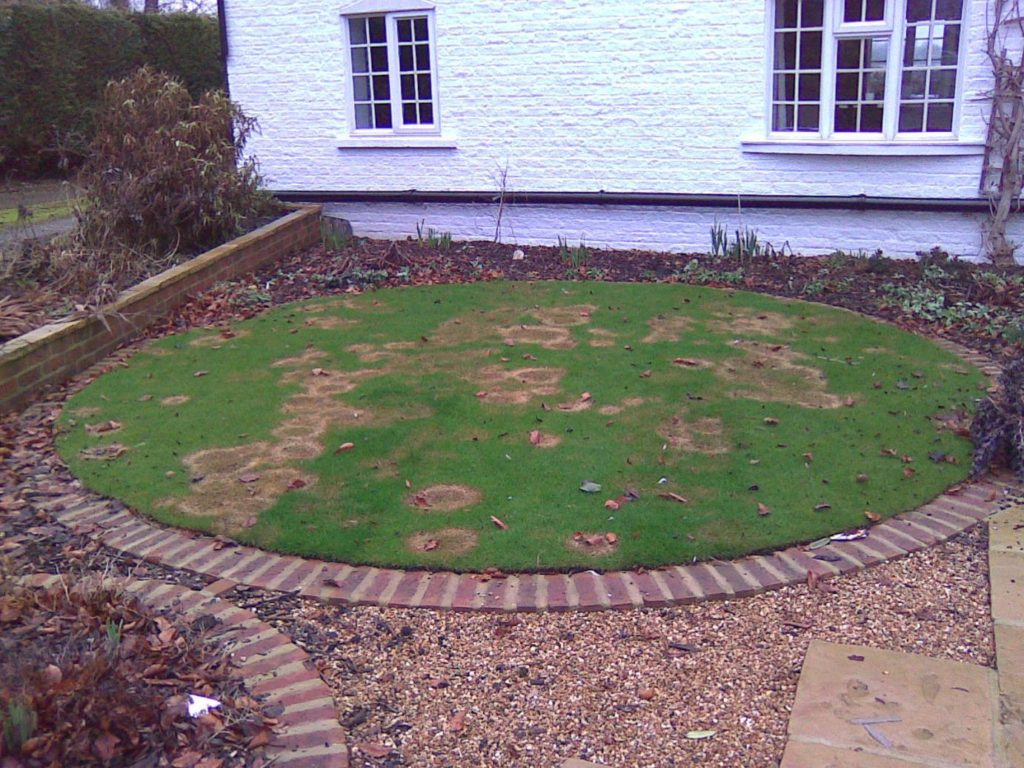
How can I prevent Fusarium Patch Disease?
However, there are some things you can do to prevent Fusarium or to minimise its effects
- Feed your lawn with a LOW NITROGEN but high potassium lawn feed in the autumn. Do not use a spring/summer formulation, the lawn will grow faster than it should at this time of year and the plants will be too weak to sustain an attack.
- Avoid scalping your lawn with the mower. Help the plants stay strong by maintaining the lawn at 3-5cm long.
- Keep mower blades sharp and clean
- Trim back overhanging shrubs and trees where you can to ensure good airflow
- Scarify your lawn to remove the thatch that the fusarium fungus lives in
- Aerate to ensure good drainage
- Ask a lawn care professional to apply a preventative treatment.

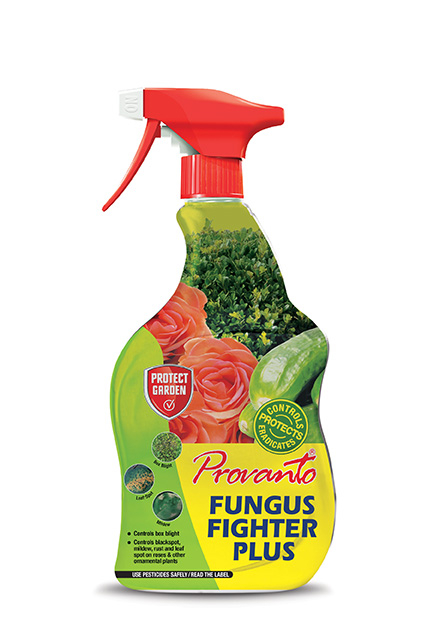
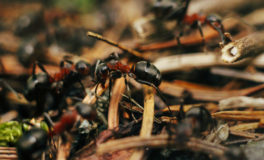 How to control turf pests? The ultimate guide
How to control turf pests? The ultimate guide 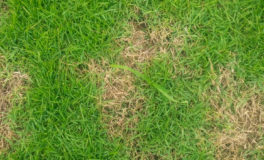 What Is Red Thread Disease and how do you treat it?
What Is Red Thread Disease and how do you treat it? 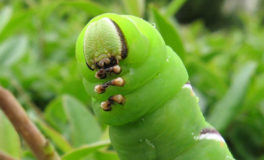 Common lawn pests and how to deal with them
Common lawn pests and how to deal with them 

